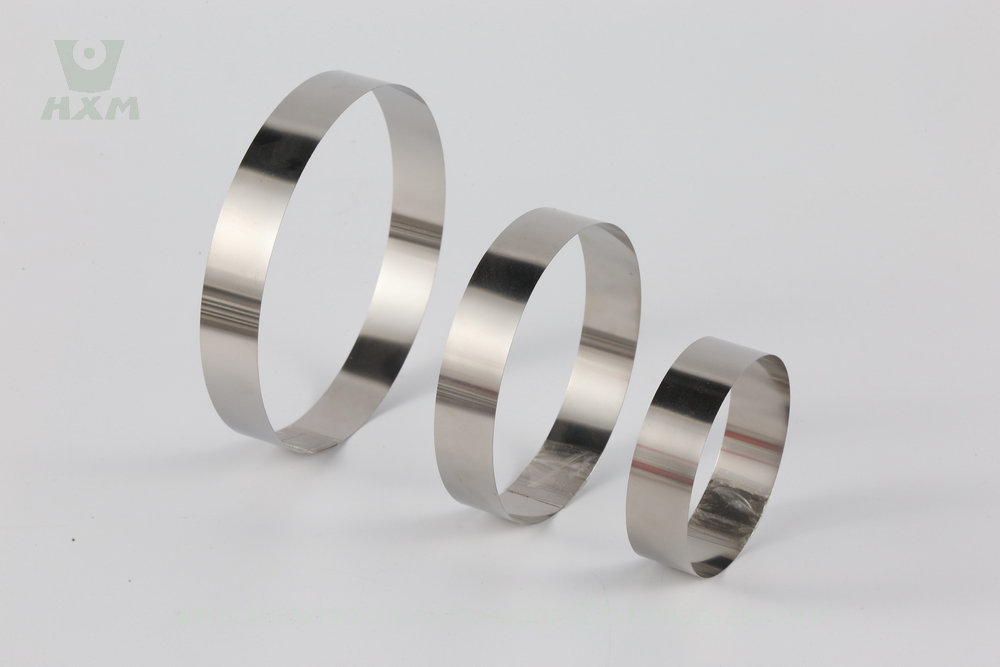
321 Stainless Steel Strips Supplier
- Thickness: 0.03mm – 1.5mm
- Width: 3mm – 600mm, the wider products pls check in coil products
- Finish: 2B, BA, TR
- TEMPER/Hardness: ANN / Soft, 1/2, 3/4, FH/Full hard, EH, SEH/Super EH
- Coil Diameter /ID: 200mm, 400mm, 510mm, 608mm
- MOQ: 2MT
Product Description
321 stainless steel strips can also be referred to as 321 stainless steel precision strips.
321 stainless steel strips refers to a kind of stainless steel material in the form of stainless steel strip, the main components of which are iron, nickel, titanium, and chromium, of which the content of titanium is higher than that of other stainless steel materials. Because of its excellent heat resistance, oxidation resistance, corrosion resistance, wear resistance, and weldability, 321 stainless steel strips are widely used in the aviation, petroleum, chemical, and electronic industries.
In addition, 321 stainless steel strips have good processability and weldability and are easy to be formed and joined. 321 stainless steel strips are suitable for continuous operation in high-temperature environments and can withstand high-temperature oxidation and corrosion erosion. At the same time, it has the high surface quality and good precision, which is suitable for various high-precision manufacturing and processing requirements.<contact us>
Product Range of 321 Stainless Steel Strips
Contents | Precision Stainless Steel Strip | Cold-Rolled Stainless Steel Strip |
Range Specification | 0.02≤Hardness≤0.5mm | Hardness≥0.3mm |
Thickness Tolerance | Thickness≤0.1mm ±2.5μm Thickness≤0.5mm ±5μm | Thickness≤0.6mm ±40μm Thickness≤1.0mm ±50μm |
Uniformity of Hardness | ±10HV | No requests |
Width Tolerance | Width≤30mm ±0.015mm Width≤100mm ±0.03 mm Width≤250mm ±0.05 mm Width≤610mm ±0.1 mm | Width≤1524mm +5mm |
Straightness | 1-2 IU | Min 3 IU |
The Burr Height and Edge Quality | Thickness 0.02-0.1mm ≤6% Thickness 0.1-0.5mm ≤5% There are special requirements for deburring or round-edged strip steel | Thickness 0.4mm Burr height 0.03mm Thickness 3.0mm Burr height 0.09mm No requests |
Specification of 321 Stainless Steel Strips
Chemical Composition of 321 Stainless Steel Strips
| 321 | C % | Si % | Mn % | P% | S% | Cr% | Ni% | Ti% | Nb |
| ASTM | 0.08 | ≤ 1.0 | ≤2 | ≤0.45 | ≤0.03 | 17-19 | 9-12 | 0.4-0.70 | 8C-12C |
| JIS | 0.08 | ≤ 1.0 | ≤2 | ≤0.45 | ≤0.03 | 17-19 | 9-12 | — | — |
| EN | 0.08 | ≤ 1.0 | ≤2 | ≤0.45 | ≤0.03 | 17-19 | 9-12 | — | — |
| GB | 0.08 | ≤ 1.0 | ≤2 | ≤0.35 | ≤0.03 | 17-19 | 9-12 | — | — |
Physical Property of 321 Stainless Steel Strips
| 321 | Density (g/cm³) | Melting point (℃) | Thermal conductivity (W/m-K) | Coefficient of thermal expansion (10^-6/K) |
| ASTM | 7.93 | 1398-1446 | 14.6 | 16.6 |
| JIS | 7.93 | 1398-1446 | 16.3 | 17 |
| EN | 7.93 | 1398-1446 | 16.3 | 16.5 |
| GB | 7.93 | 1398-1446 | 16.3 | 16.5 |
Mechanical Property of 321 Stainless Steel Strips
| 321 | T.S.(MPa) | Y.S.(MPa) | EL.(%) | HB | HRB | HBW | HV |
| ASTM | ≥ 515 | ≥ 205 | ≥ 40 | ≤ 217 | ≤ 95 | ≤ 223 | ≤ 200 |
| JIS | ≥ 520 | ≥ 205 | ≥ 40 | ≤ 187 | ≤ 90 | — | — |
| EN | ≥ 500 | ≥ 200 | ≥ 40 | — | — | — | — |
| GB | ≥ 520 | ≥ 205 | ≥ 40 | ≤ 187 | ≤ 90 | ≤ 200 | — |
Production Process of 321 Stainless Steel Strips
Raw Material Preparation
Select the stainless steel plate coil that meets the requirements as raw material, and also carry out quality inspection on it.
Uncoiling
Stainless steel sheet coils are loaded on the uncoiler, and the coils are unrolled into strips that meet the required width.
Pickling
By dipping in acid, remove the surface oxide layer, rust and other impurities, and form a protective film on the surface to protect the quality of stainless steel strips.
Finishing
Through drawing, grinding, and other processes, the size and surface quality of the 321 stainless steel strips are finely adjusted to meet the standards required by customers.
Annealing
In order to eliminate the stress generated in the cold rolling process and improve the hardness and plasticity of the strips, the strips are annealed in a high-temperature environment.
Rolling
Using the cold rolling process, the pickled stainless steel strips are fed into the rolling mill and gradually compressed and deformed to make it thinner and more uniform.
Features of 321 Stainless Steel Strips
Because it contains 17% chromium and 9% nickel, 321 stainless steel strips has good corrosion resistance, can resist oxidation, nitric acid, sulfuric acid, chloride and other chemicals at room temperature.
321 stainless steel strips have excellent high temperature resistance, can maintain high strength and toughness at high temperatures, long-term use is not easy to deformation and fracture.
321 stainless steel strips has good processability, and can be cold worked, hot worked, welded and other processing methods, and the formability and machinability is also better.
321 stainless steel strips has stable chemical properties, not easy to embrittlement, hydrogen delayed cracking and other phenomena, so it is also very reliable in high temperature use.
321 stainless steel strips have high hardness and wear resistance, can be used in a variety of harsh environments for a long time without damage.
Application of 321 Stainless Steel Strips
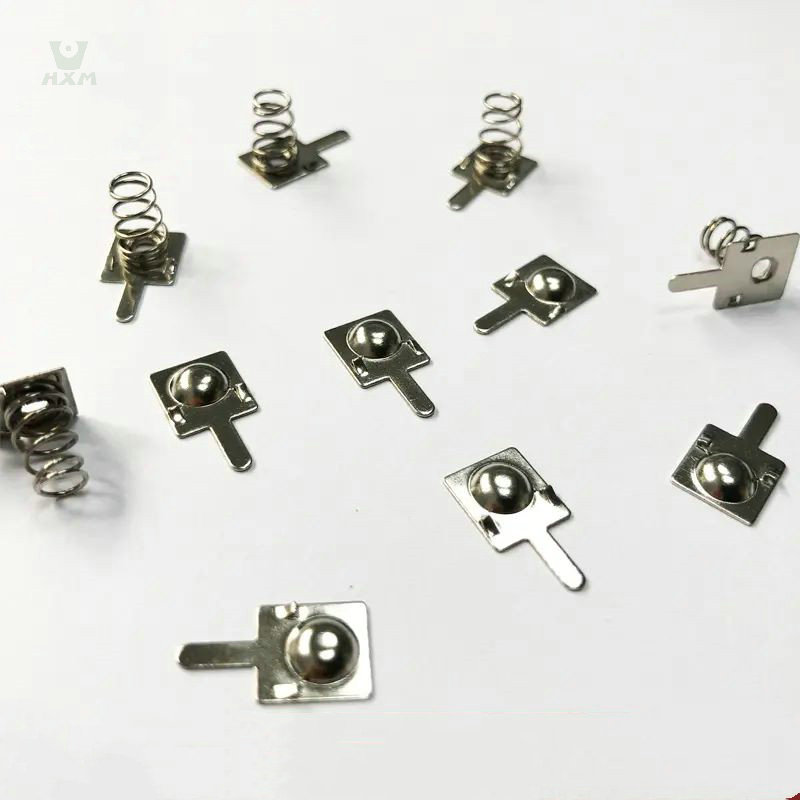
Electronics Industry
321 stainless steel strips are used in the electronics industry to manufacture electronic components such as connectors, battery cells, coils, etc. Among them, the 321 stainless steel strips have high precision, high flatness, high hardness, and excellent corrosion resistance, making it an ideal material for manufacturing high-performance electronic components.
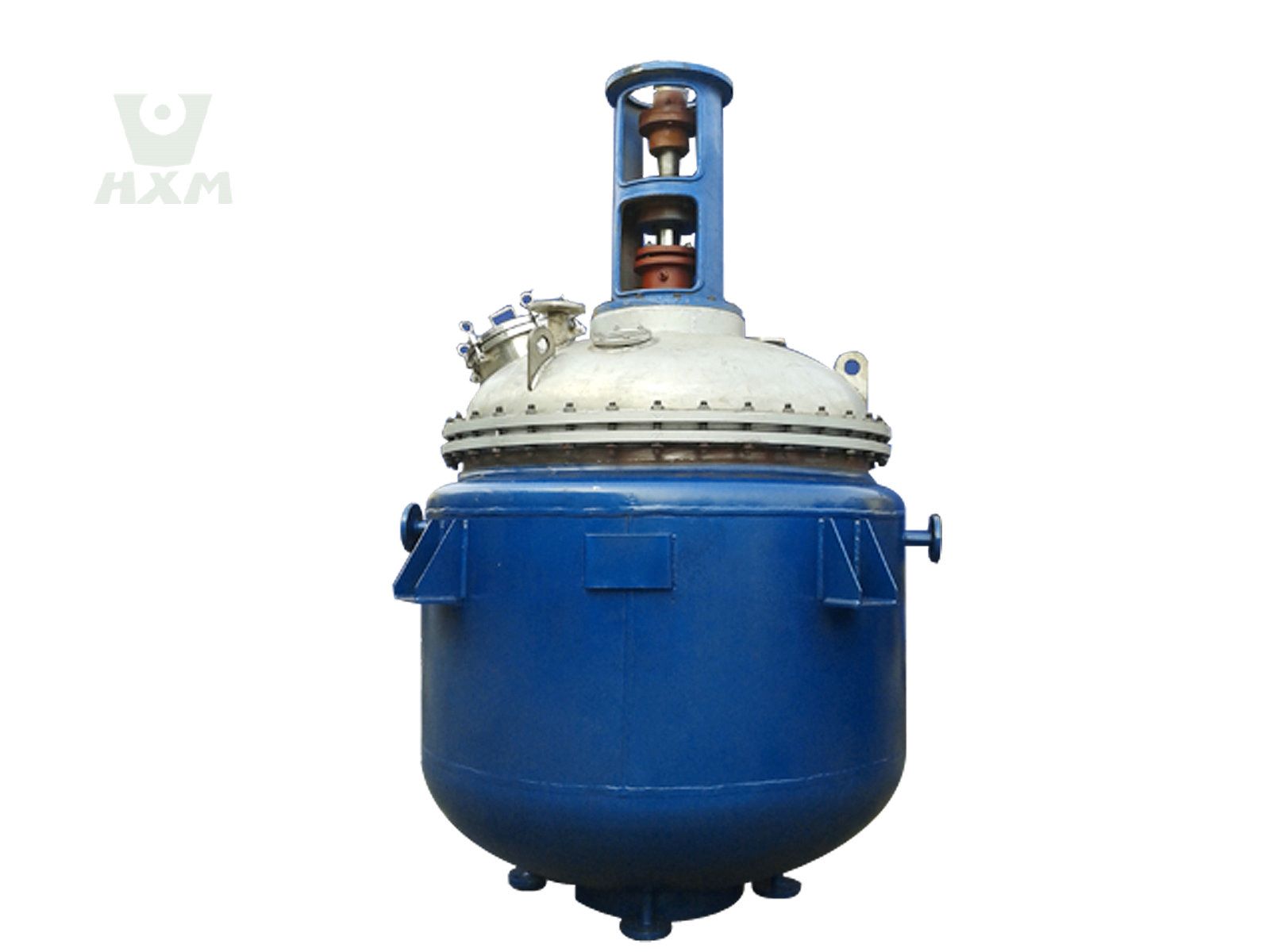
Chemical Industry
321 stainless steel strips are used in the chemical industry to manufacture tanks, pipes, valves, and other equipment. These devices need to withstand high temperature, high pressure, and corrosive gases or liquids in the chemical production process, and stainless steel strips have the characteristics of high-temperature resistance, corrosion resistance, and high strength to meet these requirements.
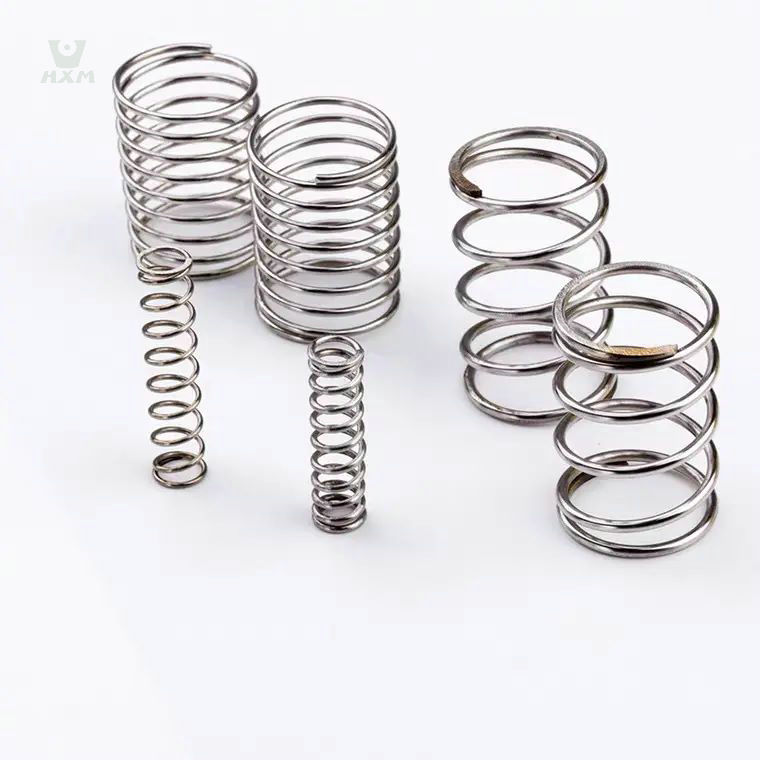
Manufacturing Industry
321 stainless steel strips are used in the manufacturing industry to make various mechanical parts, such as springs, screws, buckles, etc.. 321 stainless steel strips have good ductility and plasticity, which enables them to be processed into various shapes and sizes of parts.
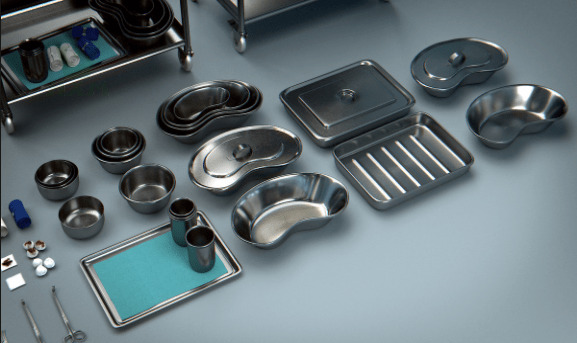
Medical Industry
321 stainless steel strips are used in the medical industry to manufacture various medical devices, such as surgical instruments, syringes, needles, etc. Because of its good corrosion resistance and biocompatibility, the 321 stainless steel strips have become an ideal material for medical device manufacturing.

Construction Industry
321 stainless steel strips are used in the construction industry to manufacture a variety of architectural decorative materials, such as doors and windows, parapets, wall panels, etc. The 321 stainless steel strips have the characteristics of beauty, corrosion resistance, and ease to clean, making it an important material for modern architectural design.
FAQ
Yes, 321 stainless steel strips can be used for high-temperature applications. It has excellent high-temperature strength and heat resistance and can withstand temperatures up to 800°C. In addition, its titanium element content prevents problems such as intergranular corrosion and stress corrosion cracking at high temperatures. Therefore, 321 stainless steel strips are widely used in high-temperature fields such as aerospace, petrochemical, and nuclear industries.
The delivery time for ordering 321 stainless steel strips will vary depending on factors such as the quantity ordered, factory production schedule and shipping time. Typically, ordering smaller quantities of 321 stainless steel strips may take a shorter time, typically a few days to a week, while ordering larger quantities of lots may take several weeks or even a month or more. In addition, shipping time also needs to be considered, because 321 stainless steel strips may need to be transported from the production plant to the destination, so the exact delivery time needs to be determined in consultation with the supplier. Huaxiao-a professional stainless steel supplier. If you need any stainless steel products, please feel free to contact.
321 stainless steel strips can be used in corrosive environments within certain limits due to its high heat and corrosion resistance properties. However, in some extremely corrosive environments, it may be necessary to use a stainless steel material with more corrosion resistance. Therefore, the choice of material needs to be based on the specific environment and requirements of use.
Compared to other stainless steel grades, 321 stainless steel strips have the following advantages:
Better High-Temperature Resistance: 321 stainless steel strips have better stability at high temperatures and can maintain better strength and toughness at high temperatures, while having better oxidation resistance.
Better Corrosion Resistance: 321 stainless steel strips contains titanium elements, which can inhibit the carbide produced at high temperatures, reducing the risk of stress corrosion cracking, and thus improving its corrosion resistance in corrosive environments.
Better Processing Performance: 321 stainless steel strips have better processing performance because it contains the stabilizing element titanium, which prevents intergranular corrosion and annealing embrittlement caused by the combination of titanium and carbon elements during processing.
Balanced Strength and Toughness: 321 stainless steel strips can still maintain good strength and toughness at high temperatures, and has good cold working properties, and can meet the manufacturing requirements of complex structural parts.
Of course, it is usually possible to order custom sizes or specifications of 321 stainless steel strips from the manufacturer. However, it is important to note that the production of custom sizes or specifications usually requires longer production lead times and higher costs. Therefore, full communication with the stainless steel strip supplier is required to determine production lead times, costs, etc. before proceeding with a custom order.
The surface treatment of 321 stainless steel strips generally includes the following methods:
2B: By cold rolling or hot rolling followed by bright annealing or surface treatment to form a surface with flatness and brightness, usually for general use at room temperature.
BA: By cold-rolling or hot-rolling followed by bright annealing or surface treatment, then electrolytic polishing and bright rolling to form a very flat and bright surface, usually used for high-end decoration and manufacturing.
No.4: mechanically polished or brushed to create a surface with a longitudinal or transverse frosted texture, usually used in decorative and manufacturing fields.
No.8K: A surface with a very high finish and flatness by multiple precision polishing, usually used in high-end decorative and manufacturing fields.
The service life of 321 stainless steel strips depends on a variety of factors, such as the environment in which it is used, the level of stress, the way it is handled, the surface finish, etc. Under the right conditions, 321 stainless steel strips can have a long service life. In general, it has better corrosion and high-temperature resistance than other stainless steel materials, which can extend its service life. In addition, proper maintenance and care can also help extend its life.
There are several differences between 321 stainless steel and 304 stainless steel as follows:
Chemical Composition: 321 stainless steel contains the element of titanium, while 304 stainless steel does not.
Heat Resistance Performance: As 321 stainless steel contains titanium elements, it makes it has better high-temperature resistance performance than 304 stainless steel.
Corrosion Resistance: In environments containing chloride ions or other corrosive media, 321 stainless steel has better corrosion resistance than 304 stainless steel.
Price: Because 321 stainless steel has better high temperature and corrosion resistance performance, it is more expensive compared to 304 stainless steel.
321 stainless steel and 316 stainless steel are two different stainless steel materials, and there are several differences between them as follows:
Chemical Composition: 321 stainless steel contains the element of titanium, while 316 stainless steel contains the element of molybdenum. The addition of these two elements can improve the corrosion resistance of stainless steel.
Corrosion Resistance: In high-temperature environments, 321 stainless steel has better oxidation resistance and heat resistance than 316 stainless steel, so it is more suitable for use in high-temperature environments. However, in general, in corrosive environments, 316 stainless steel has better corrosion resistance than 321 stainless steel.
Strength and Hardness: At room temperature, 321 stainless steel has better tensile strength and wear resistance than 316 stainless steel, but 316 stainless steel has higher hardness.
Welding Performance: The presence of titanium in 321 stainless steel makes it better and easier to weld than 316 stainless steel at high temperatures.



